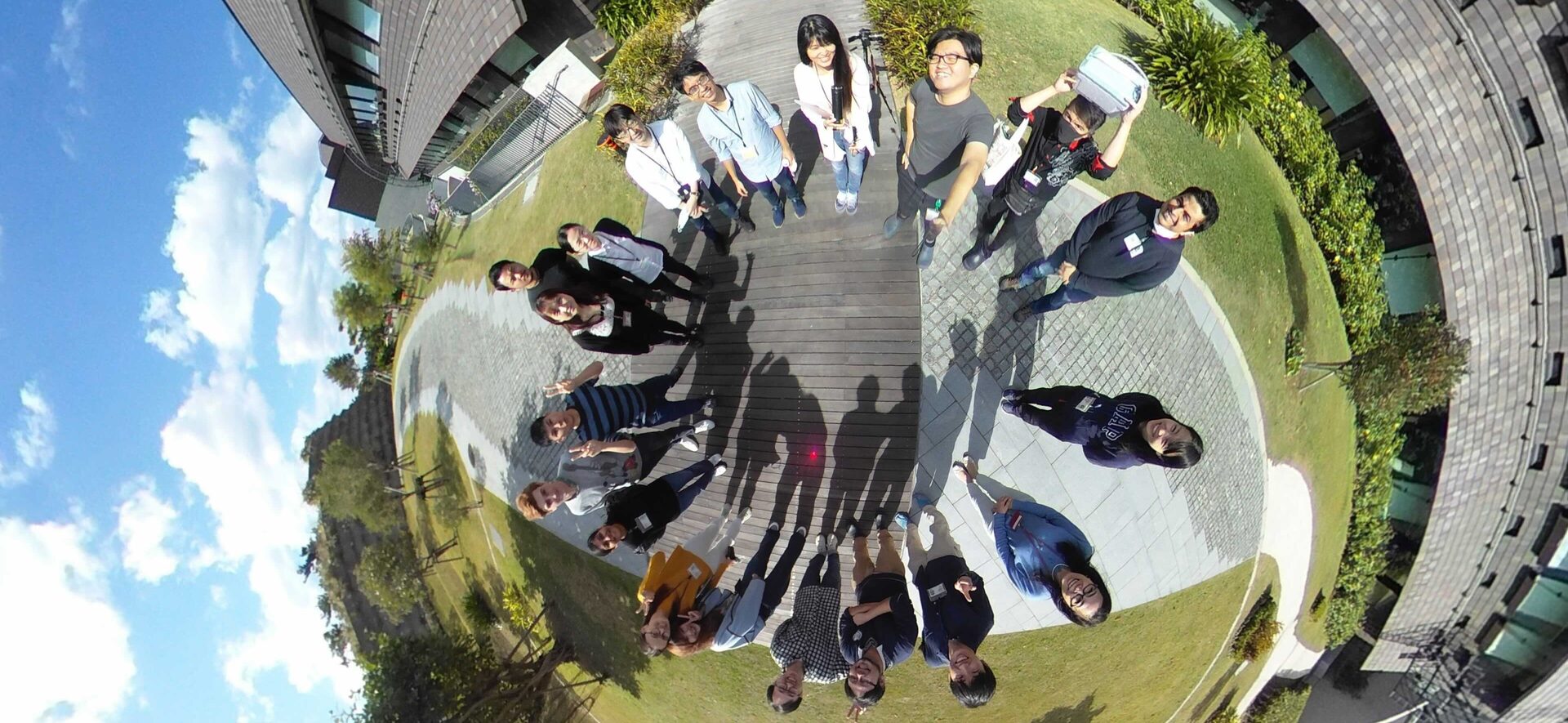FY2021 Annual Report
Immune Signal Unit
Associate Professor Hiroki Ishikawa

Abstract
Research in our unit has focused on molecular mechanisms of differentiation of immune cells. We are particularly interested in transcriptional regulatory mechanisms of T cell differentiation. Our recent data demonstrate important roles for the AP-1 transcription factor JunB in the functional diversification of T cell subsets. In this fiscal year, we investigated JunB-dependent transcriptional regulatory mechanisms in various CD4 effector T cell differentiation. We have also started a project for COVID-19 immunity with researchers in Naha Medical Association.
1. Staff
- Dr. Hiroki Ishikawa, Associate Professor
- Dr. Naoyuki Taira, Postdoctoral Scholar
- Dr. Rajukmar Singh, Staff Scientist
- Dr. Miho Tamai, Staff Scientist
- Dr. Daiki Sasaki, Research Unit Technician
- Ms. Mio Miyagi, Research Unit Technician
- Mr. Takeshi Toma, Research Unit Technician
- Ms. Shukla Sarker, Student
- Mr. Ke Wang, Student
- Mr. Tsung-Yen Huang, Student
- Ms. Hsiao-Chiao Hsieh, Student
- Mr. Charles Whitaker, Student
- Ms. Mi Yang, Student
- Mr. Masato Hirota, Student
- Ms. Gulfiya Kadyrzhanova, Student
- Ms. Sachie Yukawa, Student
- Ms. Rika Yoshizawa, Research Unit Administrator
2. Collaborations
2.1 Analysis of immune responses against SARS-CoV-2 in Okinawan donors.
- Type of collaboration: Joint research
- Researchers:
- Dr. Mitsuo Kina (Kina Clinic)
- Dr. Osamu Tamai (Akebono Clinic)
- Dr. Kentaro Tamaki (Naha-nishi Clinic)
- Dr. Hiroaki Tomori (Yaesu Clinic)
- Dr. Masatake Miyagi (Arakawa Clinic)
- Dr. Chiaki Yamashiro (Yamashiro Orthopedic Surgery Ophthalmology Clinic)
- Dr. Eishin Sakihara (Lifestyle Related Disease Medical Center, Naha Medical Association)
3. Activities and Findings
IRF4 is critical for differentiation of various CD4+ effector T cells, such as T helper 1 (Th1), Th2, and Th17 subsets, through interaction with BATF-containing AP-1 heterodimers. A major BATF heterodimeric partner, JunB, regulates Th17 differentiation, but the role of JunB in other CD4+ effector T subsets is not fully understood. In FY2020, we have demonstrated that JunB is essential for accumulation of Th1 and Th2 cells, as well as Th17 cells, both in vitro and in vivo. In mice immunized with lipopolysaccharide (LPS), papain, or complete Freund’s adjuvant (CFA), that induce predominantly Th1, Th2 and Th17 cells, respectively, accumulation of antigen-primed, Junb-deficient CD4+ T cells is significantly impaired. Loss of JunB decreases viability of cells activated under Th1-, Th2-, and Th17-polarizing conditions. RNA-sequencing (RNA-seq) and chromatin immunoprecipitation sequencing (ChIP-seq) reveal that JunB directly regulates expression of various genes that are commonly induced in priming of naïve CD4+ T cells, including a pro-apoptotic gene Bcl2l11 (encoding Bim), and genes that are specifically induced in Th1, Th2, and Th17 cells. Furthermore, JunB colocalizes with BATF and IRF4 at genomic regions for approximately half of JunB direct target genes. Taken together, JunB, in collaboration with BATF and IRF4, serves a critical function in differentiation of diverse CD4+ T cells by controlling common and lineage-specific gene expression.
In October, 2021, we have initiated a collaboration research with researchers in Naha Medical Association in order to measure immune responses against SARS-CoV-2 in Okinawan donors. We found that a substantial proportion of the donors have acquired SARS-CoV-2-specific T cell responses but not antibody responses. We will continue to characterize those pre-existing T cell responses in the next fiscal year.
4. Publications
Nothing to report
5. Intellectual Property Rights and Other Specific Achievements
Nothing to report
6. Meetings and Events
Nothing to report
7. Other
Nothing to report.



